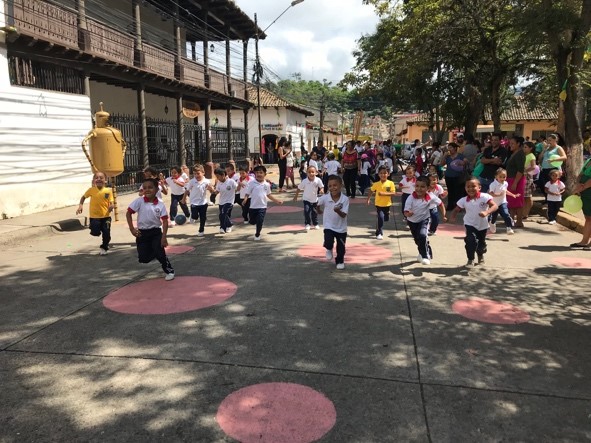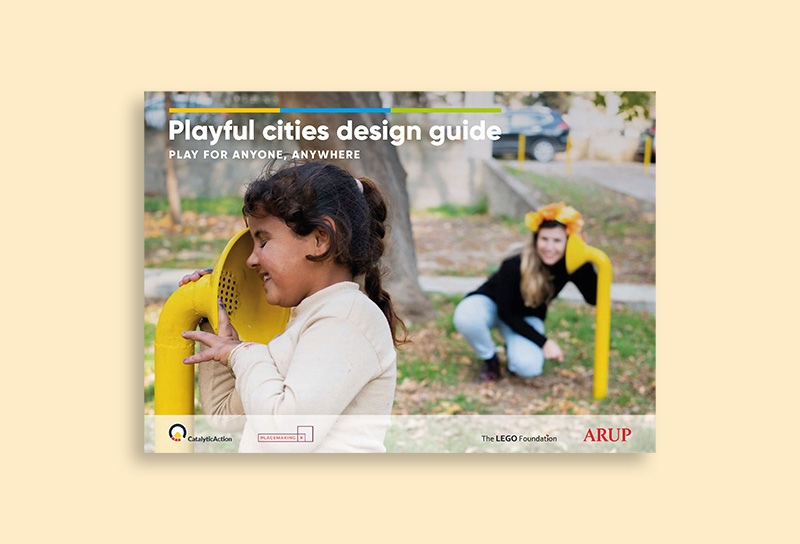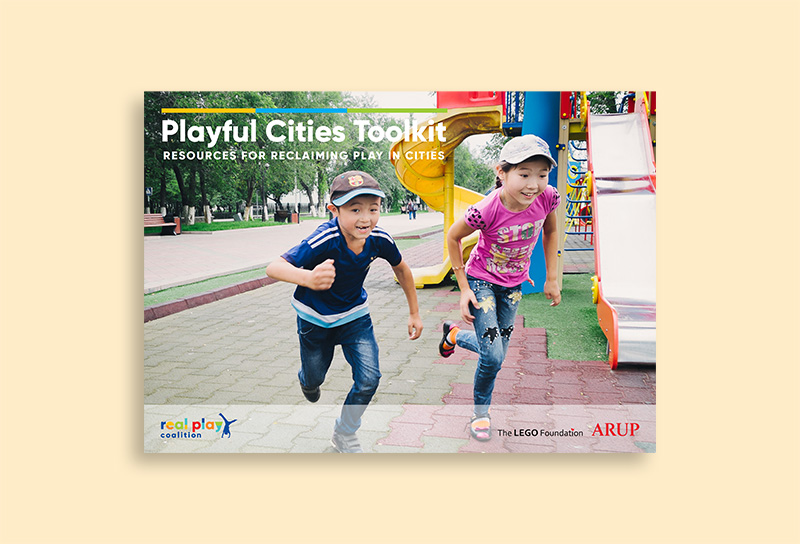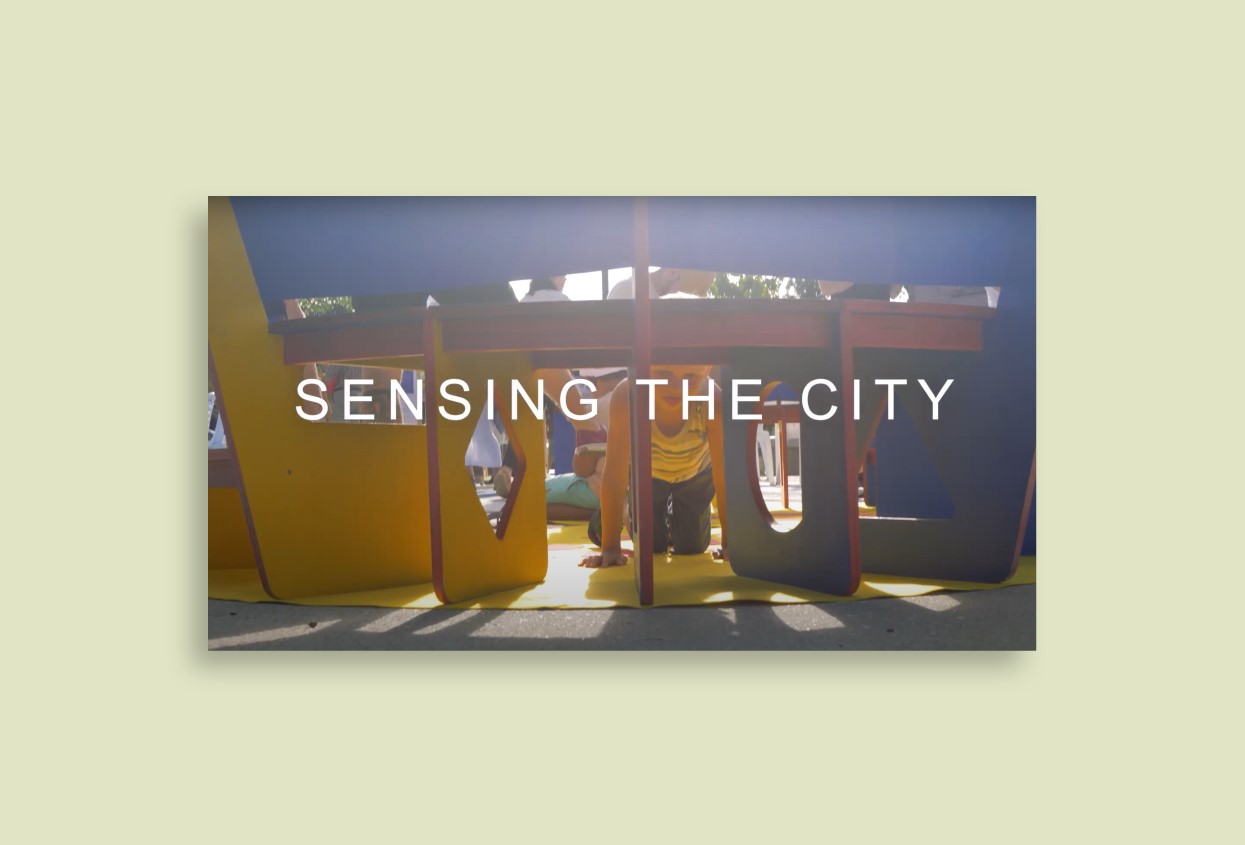
Overview
‘Shared Streets’ is a sustainable mobility planning strategy that prioritizes people’s safety and comfort over cars, by changing the way that streets are used and shared by different modes of transport. Based on evidence, this tactic aims to create a more equitable and inclusive environment, allowing all users to coexist harmoniously. By rethinking the traditional use of streets and creating a shared space for pedestrians, cyclists, and motorists, Shared Streets promotes sustainable and active transport, reducing emissions, and improving public health. This approach has been successfully implemented in various cities worldwide, leading to safer and more livable urban environments.
Location:
Santiago, Chile; Danlí, Comayagua, Honduras; Ciudad de Panamá, Panamá
Organisation:
Ciudad Emergente
Partner organisations:
-.
Beneficiary:
Children & local community
Scale of proximity:
Neighbourhood, City
Built environment component:
Streets; open spaces
Design insights
Visual/Aesthetic:
Painting streets and sidewalks, installing traffic signs and introducing creative ‘placemaking’ elements can provide people a new way of experiencing street, such as, painting experimental bike lane, widening sidewalks and reducing car lanes and transforming parts of the street to 100% pedestrian areas.
Material:
Light materials and temporary designs were used to activate spaces in the short term, with a reduced budget.
Technology:
Different measuring tools such as Smart-citizen sensors, idea trees and bicycle traffic counters are used to measure the impact of shared streets.
Process:
The process involves a preliminary diagnosis to identify the main problems and needs. The design and implementation processes consider the participation of citizens and the main local decision-makers. Early engagement aiming to generate trust and commitment from all stakeholders, and also enriching the co-design and co-development of these interventions.
Location:
Selection criteria include highly congested streets and roads where the spaces between cars, pedestrians and other modes of mobility are unevenly distributed. Shared street can be adapted to different city scales.
Implementation insights
Shared Street is a powerful method to promote people shifting from passive actors to active agents of change. People feel more enabled to generate a change in their mobility preferences after experiencing this approach. Also, people are more willing to share the street, when the conditions and option to mobilize quickly, comfortably and safely exist. Finally, the Shared Streets experiment proves to be an effective strategy for generating low carbon districts.



